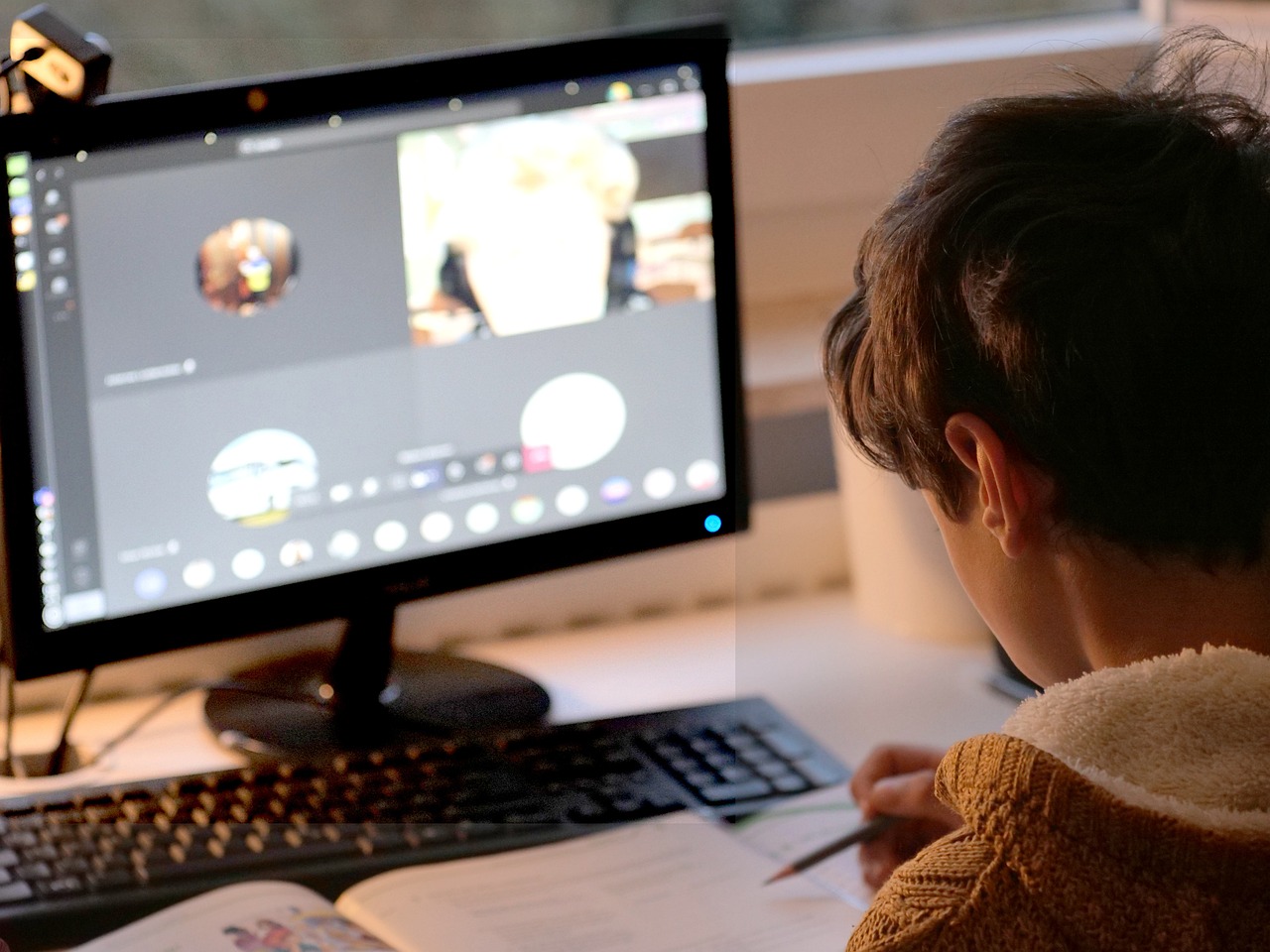Zoom meetings offer hosts the option of recording; when this feature has been enabled, a record button will appear in the bottom toolbar and clicking it will initiate local recording process.
Record button allows for smooth pause-and-stop recording capabilities; local recordings will save as mp4 files on your computer system.
Table of Contents
Recording Options
Zoom offers both local and cloud recording options for meetings. The former saves meeting video and audio directly onto a host’s computer or device while the latter stores them online with Zoom’s cloud storage (available only to Pro, Business and Zoom Room plans).
Once you click Record in the toolbar, a window will pop-up asking where you would like to save your file: either locally on this computer or to the cloud. Selecting record to the cloud to instantly begin meeting recording immediately – as soon as class ends a window showing poll results shared in class will also be included in your video recording!
As a Zoom call participant, recording is only allowed with permission from both hosts. To gain permission for recording privileges as an alternative host or enable participants to record in Manage Participants panel > More > Allow Recording.
Getting Started With Recording
Participant Zoom meetings may be recorded locally on your device with permission from the host, with recording notifications sent when a meeting concludes (it can take up to an hour for processing).
Listen, download and share it easily – plus it will get uploaded directly into the cloud if enabled by paid Zoom users who select Cloud Recording!
Zoom meetings offer hosts the power to activate automatic recording with just the click of a button, using buttons on a screen recording bar located at the bottom of each page. When ready, when stopping your recording you can use these same buttons – it will appear tagged Recording Paused until resumed at any time; plus it allows them to pause/stop prior to meeting ends using options from Participants menu; this helps encourage transparency and knowledge-sharing within meetings!
Pause/Stop Recording
At present, Zoom allows participants to record locally on their computer if the host approves. When clicking the record button in the control bar they receive an alert informing them they are being recorded and must wait until after the meeting concludes to access their local file.
Local recordings cannot be paused and are saved automatically to the location specified by the user (typically within your computer or a drive). They also allow uploading directly to services like Dropbox, Google Drive and Zoomee for storage purposes.
When recording to cloud storage services such as Zoom, keep in mind that your Zoom account can only store so many recordings before running out of storage space. If additional space is needed for your account, additional purchases can be made online or you can transfer recordings elsewhere once all the available storage has been consumed.
Ending Recording
Once a meeting ends, your recordings are automatically processed and saved onto your device – local recordings as MP4 audiovisual files in video folders; cloud recordings automatically shared among participants immediately post-meeting in their Recent folder.
Note that, without recording permission from the host, your Zoom account can only store so many cloud recordings before running out of storage space. Check how much storage you currently have and learn how to add additional if needed.
Zoom makes recording and transcribing meetings simple on even free plans, with searchable transcripts and an X-ray speaker view to easily locate important information from past meetings. Instant recordings with notes and summaries after every meeting provide instant access. Just remember it’s illegal in certain locations to record others without their permission – if your host forbids it then don’t record their meeting!
Shared Screens
Screen sharing can be an invaluable feature for remote workers. Participants can utilize it during Zoom meetings to demonstrate what’s on their computers, making presentations, product demonstrations and training sessions much more dynamic than using only words alone.
To share screens, simply use the Share Screen button located on the meeting toolbar. Here, you have several options available to you for sharing: an entire desktop PC, specific application windows, whiteboards or iPhone/iPad screens – as well as whether or not audio should also be shared from that computer.
Sharing multiple screens during meetings can reduce confusion by enabling teammates to work side-by-side on documents simultaneously, as well as improving collaboration during presentations and training sessions by making it easier for participants to follow along visually rather than verbally. Integrating sharing capabilities into video conference software enables more efficient remote working, eliminating costly local or overseas travel costs.
Audio
Zoom is an audio and video conference service that enables multiple participants to engage in audio and video calls with ease, creating virtual meetings across any distance barrier while keeping communication open among team members from anywhere in the world. Zoom features include screen sharing, texting and live transcription services to make virtual meetings an efficient means of team communication and virtual meetings possible.
Zoom accounts differ by account type and have different restrictions and limits, including number of participants, meeting length, cloud storage space and webinar capacity. Some limitations are specific to that platform while others apply across users.
Zoom has recently experienced several security and privacy concerns, such as “Zoom Bombing”. Unwanted individuals could join a meeting without notice and cause disruption for personal gain or fun, thus necessitating strong security policies as well as effective privacy settings to mitigate against this threat. It is also vitally important that employees only share meeting links with trusted colleagues instead of posting them publicly or sharing them via social media sites like Facebook.
